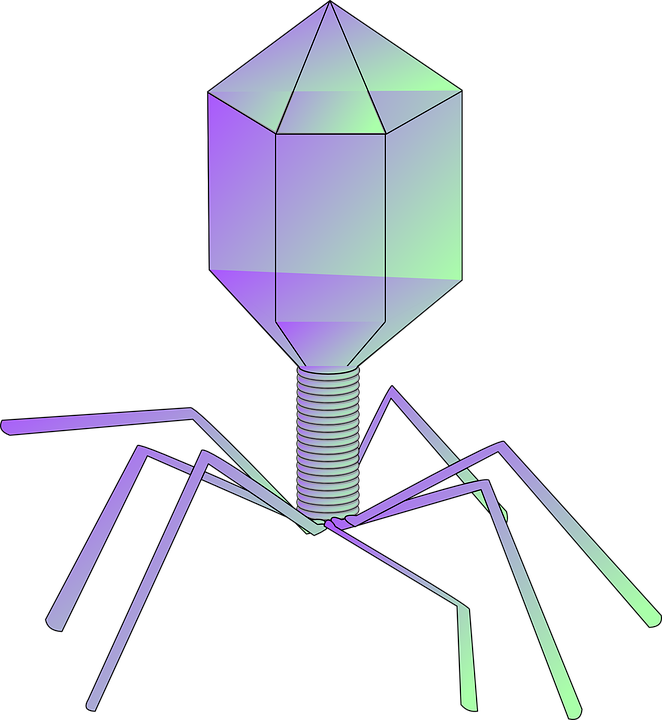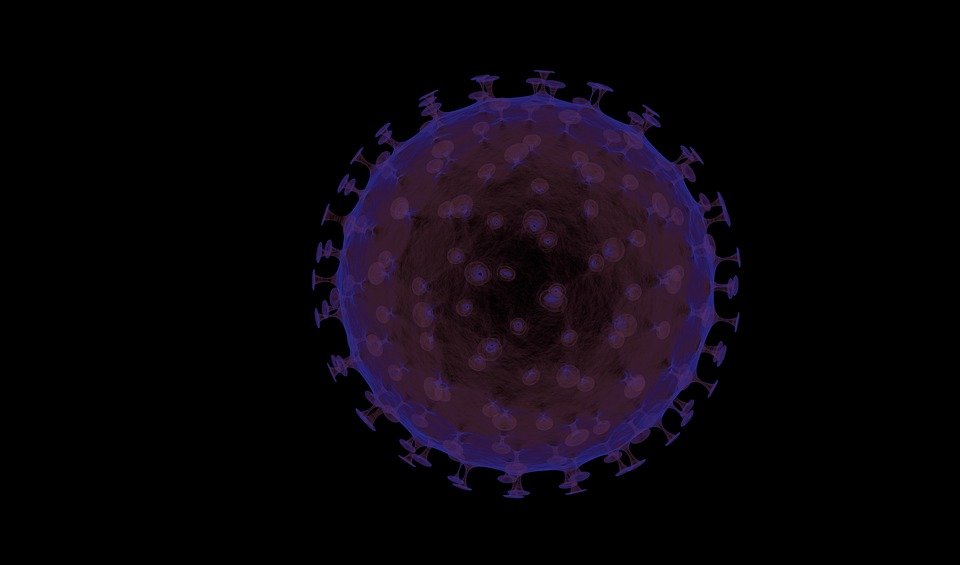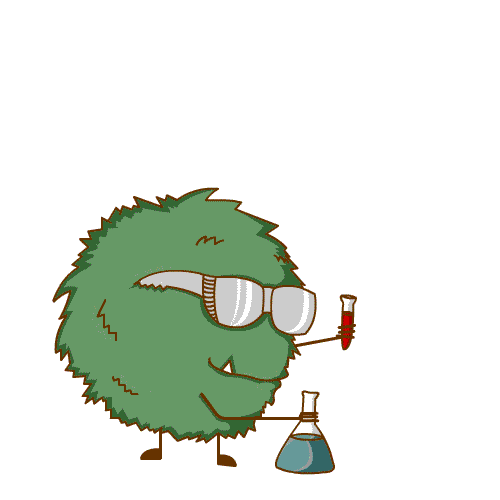Most of you have probably seen viruses displayed like this:

Or maybe like this:

Or maybe this is what you associate with the word virus:

So what does a virus actually look like? That’s something our immune system wonders about too. Viruses exist in many forms and they tend to mutate over time. If our immune system wants to react to the threat a virus poses, it needs to know what it looks like to get rid of cells that have been infected.
Generally, there are two types of virus. Those without a hull
And those with one
Those without a hull are basically just a piece of DNA (or RNA) enclosed in a protein shell, the capsid, which is built from smaller units, the capsomeres. Additionally to the genetic information, the virus also contains several enzymes that are important for its reproduction, but more about that later.
The hull around some viruses is made of lipids (= fat) and provides some additional protection.
The immune system recognizes patterns on either the capsid or the hull and reacts to those.
But how does a virus work?
@mcfarhat wrote an excellent post called Are Viruses .. Alive? which details how weird viruses are compared to all the living things we encounter in our daily life.
A virus can’t create offspring by itself, it can’t multiply. If you want to grow yeast in a lab, you add some yeast cells to a nutrient solution, keep them warm, shake them a bit and wait a few hours. If you want to grow a virus, you need to provide host cells the virus can infect. @suesa
To explain how the virus uses the host to procreate, we will take a look at the HI-virus ( = HIV, please don’t say HIV-virus).
This specific virus is a retrovirus
Ok, no, not like this. Retro is the latin word for backwards and that’s important. At first, the biological community thought that DNA is always translated into RNA which is translated into amino acids which are put together to a protein. It had been a dogma for a significant amount of time.
The retrovirus doesn’t care about dogmas.
A retrovirus contains RNA instead of DNA. This RNA is translated into DNA when the virus enters the cell, then translated back into RNA. That’s were the retro comes from.
So what does the HI-virus do?
It sticks to the CD4 receptor of T-lymphocytes and merges with the membrane of the cell it is attacking, releasing its genetic material into the cell. The RNA is translated into DNA ( = reverse transcription) and integrated in the cell’s own genome.
Then, the virus can rest for some time. Not every virus infection has an immediate effect. But at one point, the virus DNA will become active and the cell starts producing everything needed to build a new virus. Some viruses even stop the cell’s own protein production, which obviously kills the cell at some point.
The HI-virus lets the host cell build one new virus after another and release them into the body, where they can infect new T-lymphocytes. And the cycle continues.
Not every virus works the same, but the general approach is usually alike. Infect the cell and make it produce building blocks for a new virus until it dies.
Sources:
Lecture “Immunology – Innate immune system” by Barbara Walch-Rückheim
Lecture “HIV – AIDS” by Sigrun Smola
All pictures that are not pencil sketches are taken from pixabay.com
Got a scientific topic which you want to see as a story? Leave me a comment!
You want to support scientists on Steemit? You are a scientist on Steemit? Join the #steemSTEM channel on steemit.chat and connect with us!
STEM is an acronym for Science, Technology, Engineering and Math

